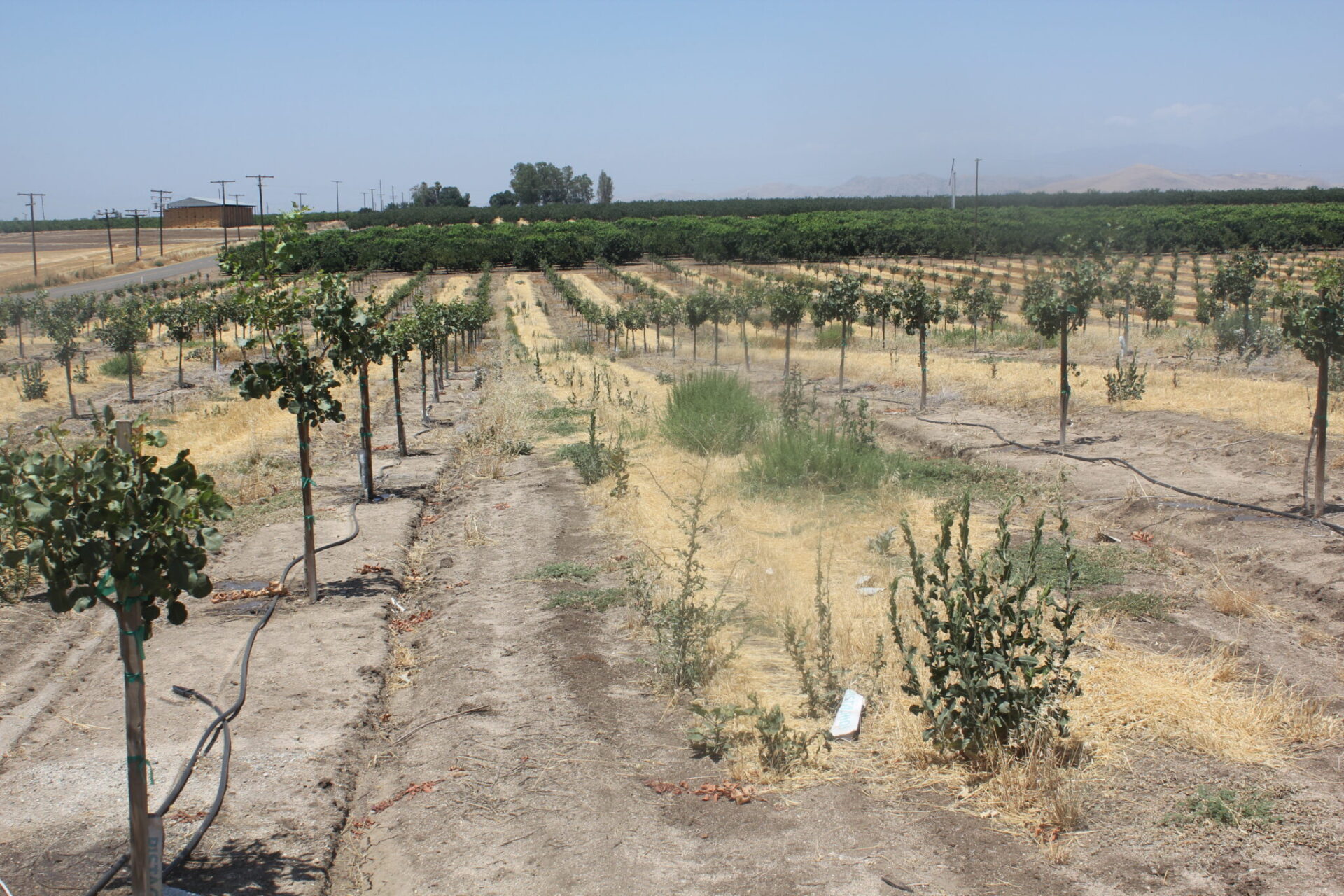
The EPA is backing the re-registration of the chemical glyphosate in California, concluding that there are no health risks to humans when used according to the label for weed control and that it is not a carcinogen.
Joshua Rahm, Walnut Board’s director for Technical and Regulatory Affairs, explained how the pesticide industry has fought for glyphosate.
“Going back to July 2020, an injunction was entered against the requirement of including a Prop 65 warning [label] on pesticides containing glyphosate,” Rahm said in a Walnut Board update during the 2021 California Walnut Conference.
According to the UC ANR website, glyphosate was added to California’s Prop 65 list of chemicals known to the state to cause cancer or reproductive toxicity in 2017.
The injunction entered against the requirement of a Prop 65 warning label for glyphosate is a surprising win for the pesticide industry, Rahm said.
“Prop 65 challenges are rarely successful, and it has nationwide impacts for companies selling products that contain glyphosate in California,” he said. “[It’s] very good to have that come through.”
Rahm noted that while the pesticide industry collectively believes that glyphosate will remain an important tool in California for years to come, it will eventually decline as other products gain market share.
“As new weed management and control strategies for best practices come to the forefront, there’s going to be some options out there to at least entertain and look at moving forward,” Rahm said.
Researchers at UC Davis are currently exploring weed management strategies that reduce use of broad-spectrum post-emergent herbicides like glyphosate that are prone to creating resistance. In a 2020 article from West Coast Nut, UCCE Weed Specialist Brad Hanson spoke on new strategies for countering herbicide resistance in weeds.
Hanson and researchers have also looked into the effectiveness of different herbicide combinations in winter and summer. The goal is to use more pre-emergent herbicides in the winter and less post-emergent in the summer, reducing post-emergents by up to 50%. Researchers have found that this solution can provide better weed control “and save growers some money,” according to Hanson, who noted that it is not an across-the-board weed management solution in all cases.
As new best management strategies for weeds become viable for growers, glyphosate will continue to be available for use in California to ease the transition away from broad-spectrum solutions.











